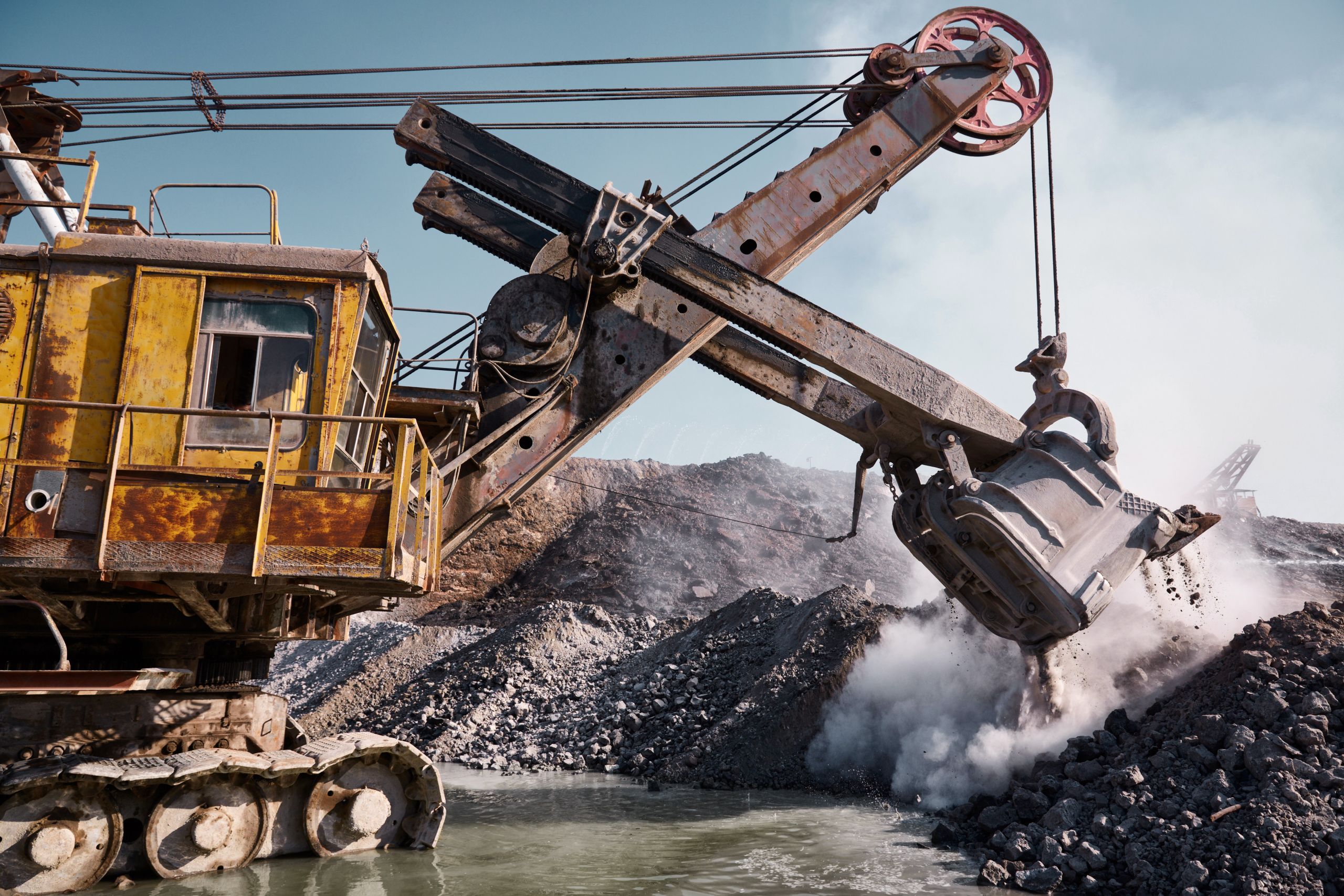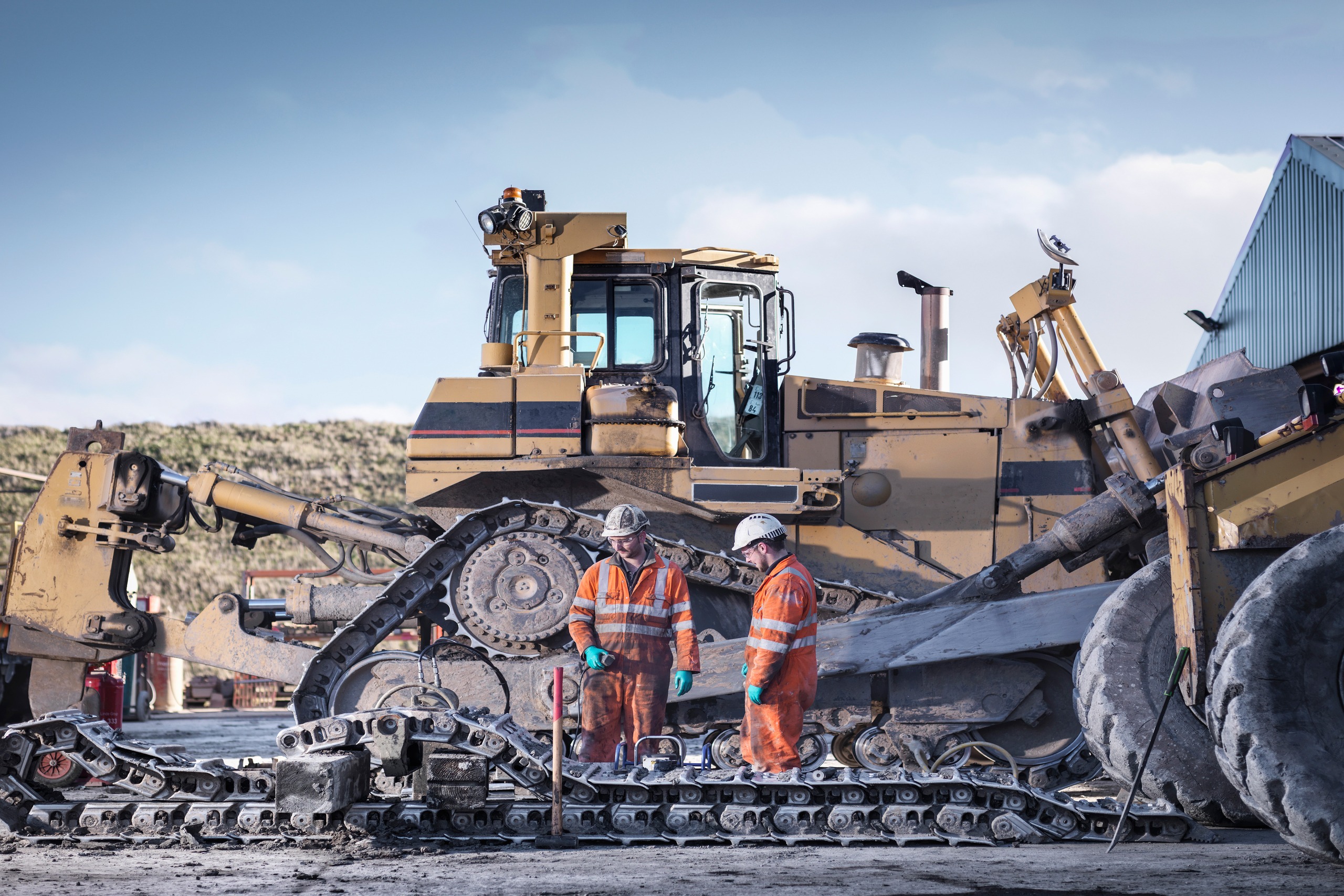Intro
Risk-based inspections are an important method for driving safety in mining operations. Unlike traditional inspections, which are based on a predetermined schedule, risk-based inspections prioritize areas of the mine that are more likely to be susceptible to accidents or incidents.
By identifying and mitigating potential hazards, risk-based inspections can contribute to improving safety standards and reducing the likelihood of accidents.
One of the main benefits of risk-based inspections is that they allow mining companies to focus on the areas of the mine that pose the greatest risk to workers and the operation. This means that resources can be directed to where they are most needed, rather than being spread thin across the entire mine.
While RBI is a widely adopted maintenance strategy, it is not universally used. Some businesses may not have the resources or expertise to implement RBI, while others may have alternative maintenance strategies in place that they feel are more effective. However, many businesses have found that RBI is an effective way to improve the safety and reliability of their assets, leading to increased adoption of this maintenance strategy.

How do Risk-based Inspections work?
The process begins by identifying hazards within the mine. This can be done through a variety of methods, such as inspections, audits, and incident investigations.
Once the hazards have been identified, they are assessed to determine the level of risk they pose. Based on this assessment, controls are implemented to mitigate the risk. These controls can range from simple fixes, such as installing guards on machinery, to more complex measures, such as implementing new processes or procedures.
One of the most common procedure are Process Safety programs. They are fundamental to providing safety and reliability to industrial operations.
What are the benefits of this kind of inspection to the mining industry?
Risk-based inspections (RBI) can help mitigate a number of the challenges that can lead to accidents and concern the safety of workers in a mining site. Here are some specific ways that RBI can address these challenges:
- Hazardous working conditions: RBI can identify potential hazards within the mine and implement controls to mitigate the risk of accidents.
- Poorly maintained equipment: RBI can identify equipment that is not properly maintained and ensure that it is repaired or replaced to reduce the risk of accidents and enhance availability.
- Lack of safety protocols: RBI can identify areas where safety protocols are lacking and recommend changes to improve safety.
- Inexperienced or untrained workers: RBI can identify areas where workers are not properly trained or experienced enough and recommend training or additional support to improve safety.
- Fatigue: RBI can identify areas where fatigue is a risk and recommend changes to work schedules or procedures to reduce fatigue.
- Poor communication: RBI can identify areas where communication is poor and recommend changes to improve communication and reduce the risk of accidents.
There are several case studies that demonstrate the effectiveness of risk-based inspections in improving safety in mining operations. For example, one mining company implemented a risk-based inspection program focused on structural integrity assessment and saw an 86% reduction in people on the field. The mine was also able to reduce the number of time and resources to plan maintenance activities and perform actions by 42% through the use of digital risk-based inspections. Generating 1.000.000 USD savings on downtime reduction.
How can Digital Transformation enhance RBI routines?
Both standard and RBI maintenance routines in the mining industry often require a large number of people to be in the field, exposing them to potential risks. Digital transformation comes as an enhancer of RBI routines by allowing for the use of virtual inspections, where operators can deeply understand risks and take actions remotely or with as minimum people in the field as possible.

Performing accurate risk-based inspections (RBI) can be challenging without the support of an APM (Asset Performance Management) platform. One of the main difficulties is a large amount of data that needs to be analyzed in order to identify potential hazards and assess the risk they pose.
This data can come from a variety of sources, such as equipment sensors, maintenance records, and incident reports, being challenging to integrate and extract insights from all this data manually.
An APM platform can also enhance RBI by providing a centralized system for storing and analyzing data improving the accuracy and efficiency of RBI, as all the relevant data can be accessed and analyzed in one place.
By employing the proper APM tool it becomes possible for visualizing and analyzing data, such as dashboards and reports, which can help identify trends and patterns that may not be immediately apparent.
In addition, the right APM platform can also provide cost savings and time savings. By automating many of the tasks involved in RBI, an APM platform can help reduce the amount of time and resources needed to perform inspections. This can allow workers to focus on more value-added tasks.
Other factors that can be optimized through the use of an APM platform in RBI include the ability to identify and prioritize high-risk areas, the ability to track and measure the effectiveness of controls implemented to mitigate risk, and the ability to report on the results of RBI to stakeholders.
If you’re looking for a way to improve the accuracy and efficiency of your risk-based inspections (RBI) in the mining industry, an APM (asset performance management) platform like Vidya Software could be the solution you’re looking for.
With its centralized system for storing and analyzing data and its powerful tools for visualizing and analyzing data, Vidya APM software can help you identify and prioritize high-risk areas, track and measure the effectiveness of controls implemented to mitigate risk and report on the results of RBI to stakeholders. Plus, with its ability to automate many of the tasks involved in RBI, Vidya APM software can help save time and resources, allowing you to focus on more value-added tasks. Don’t miss out on the opportunity to improve your RBI with the Vidya Platform!

